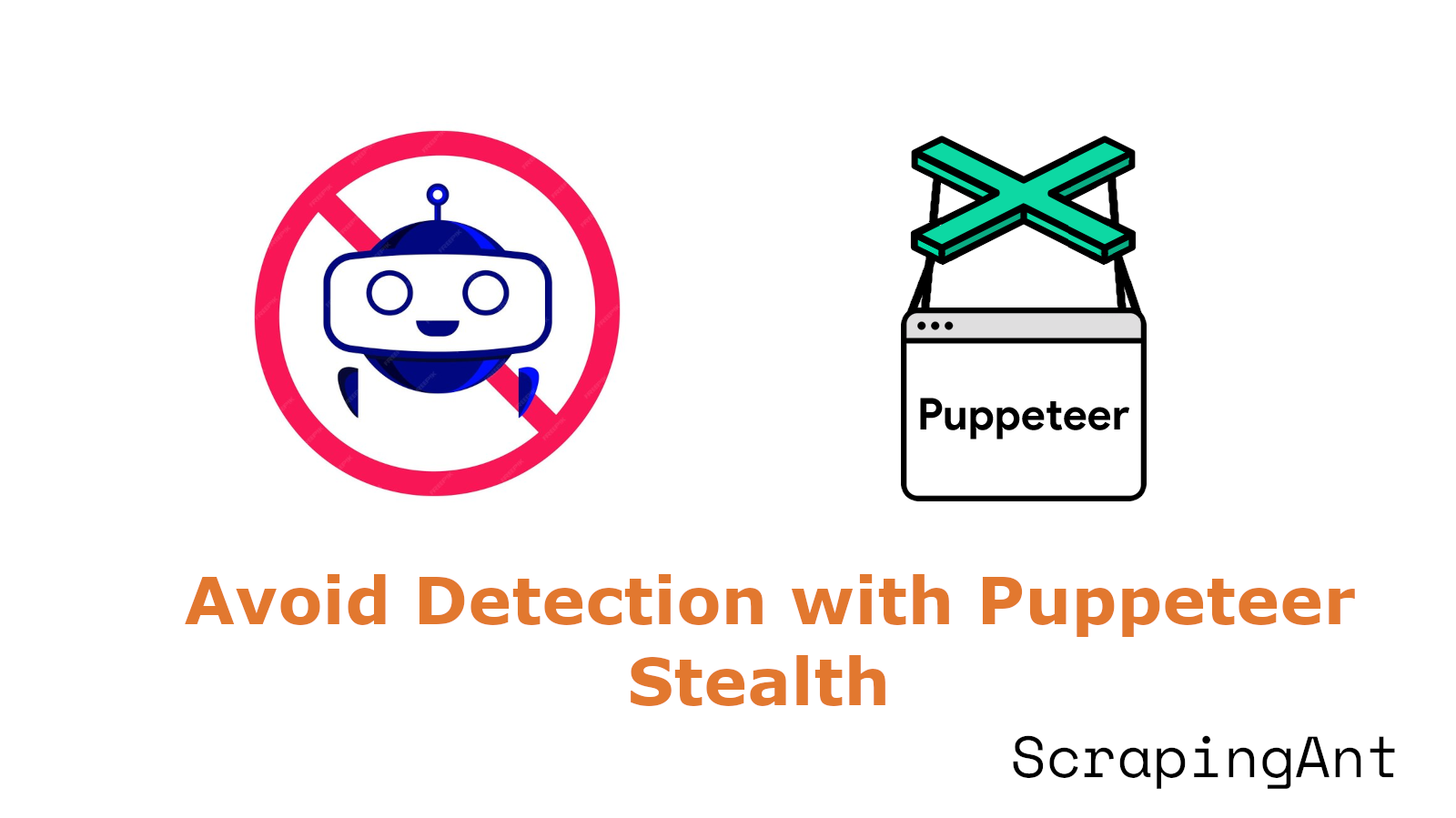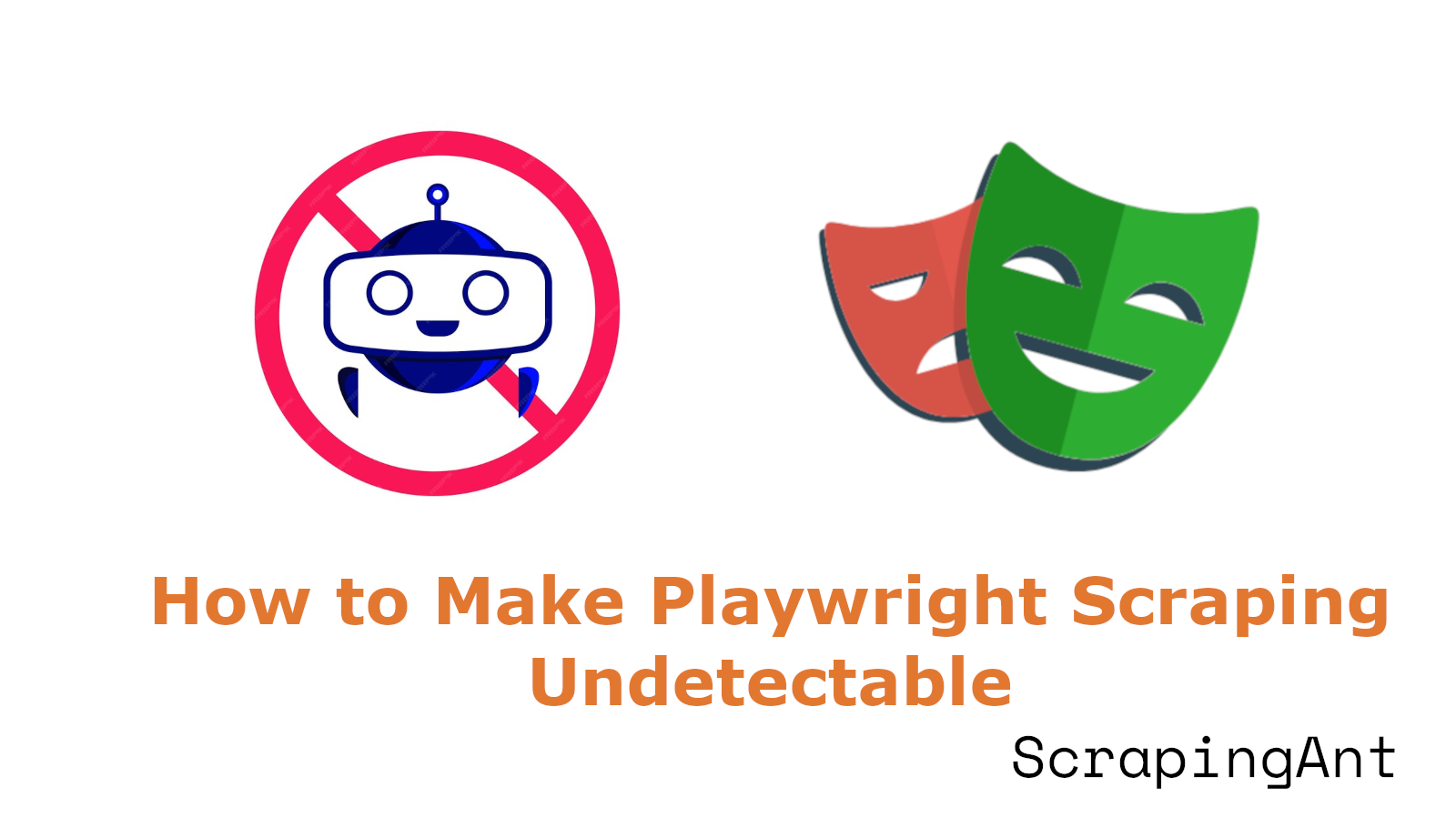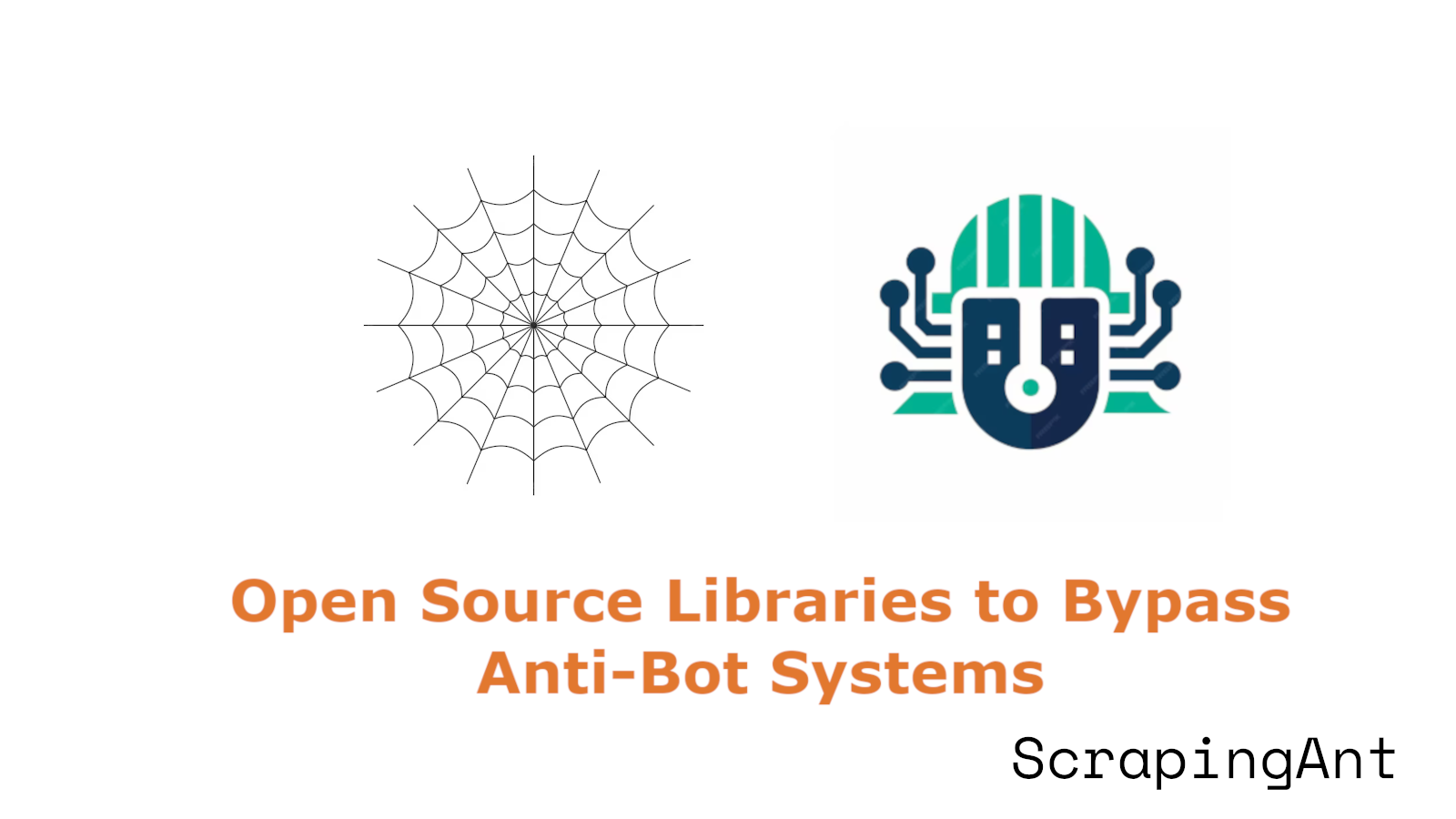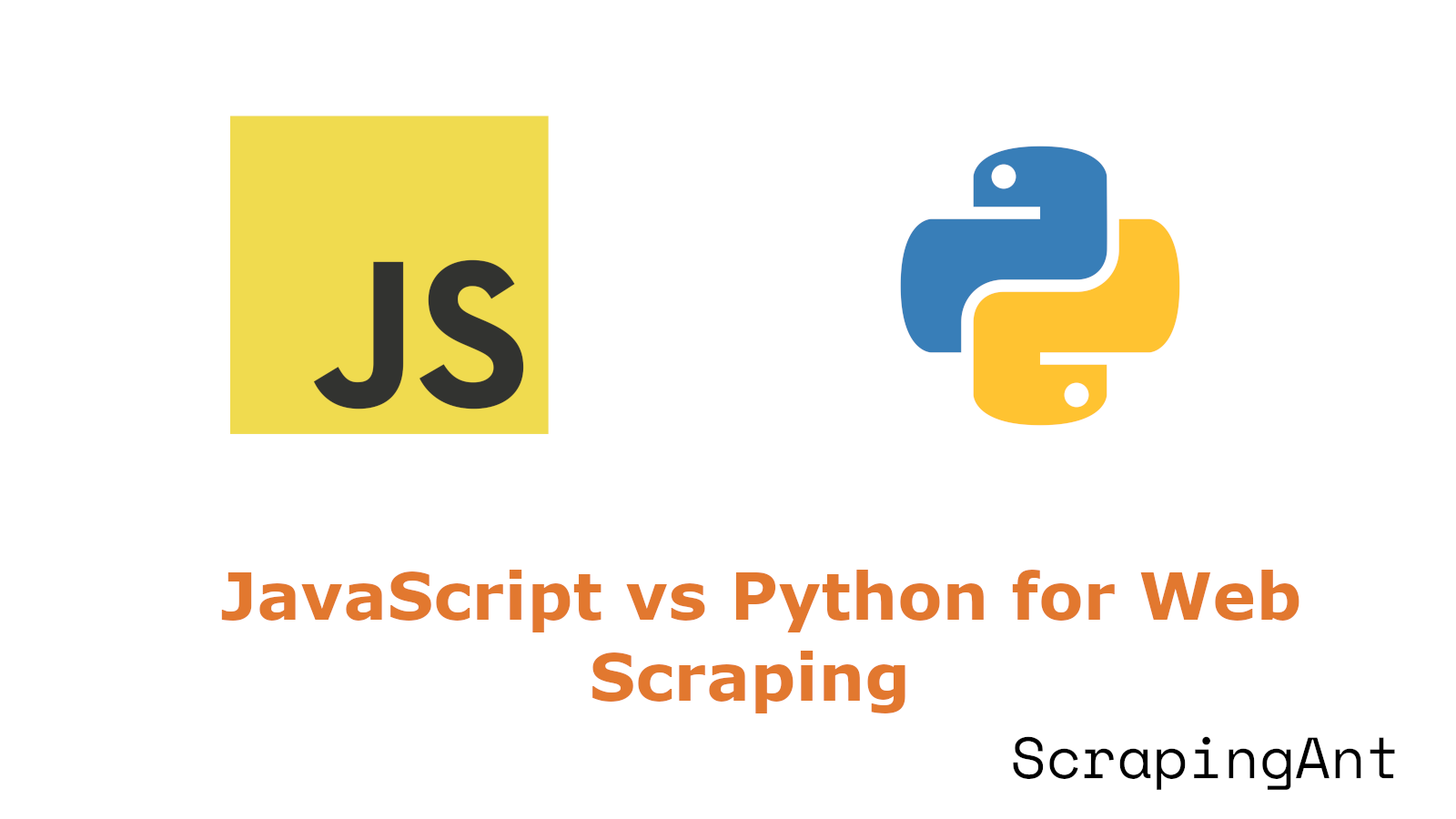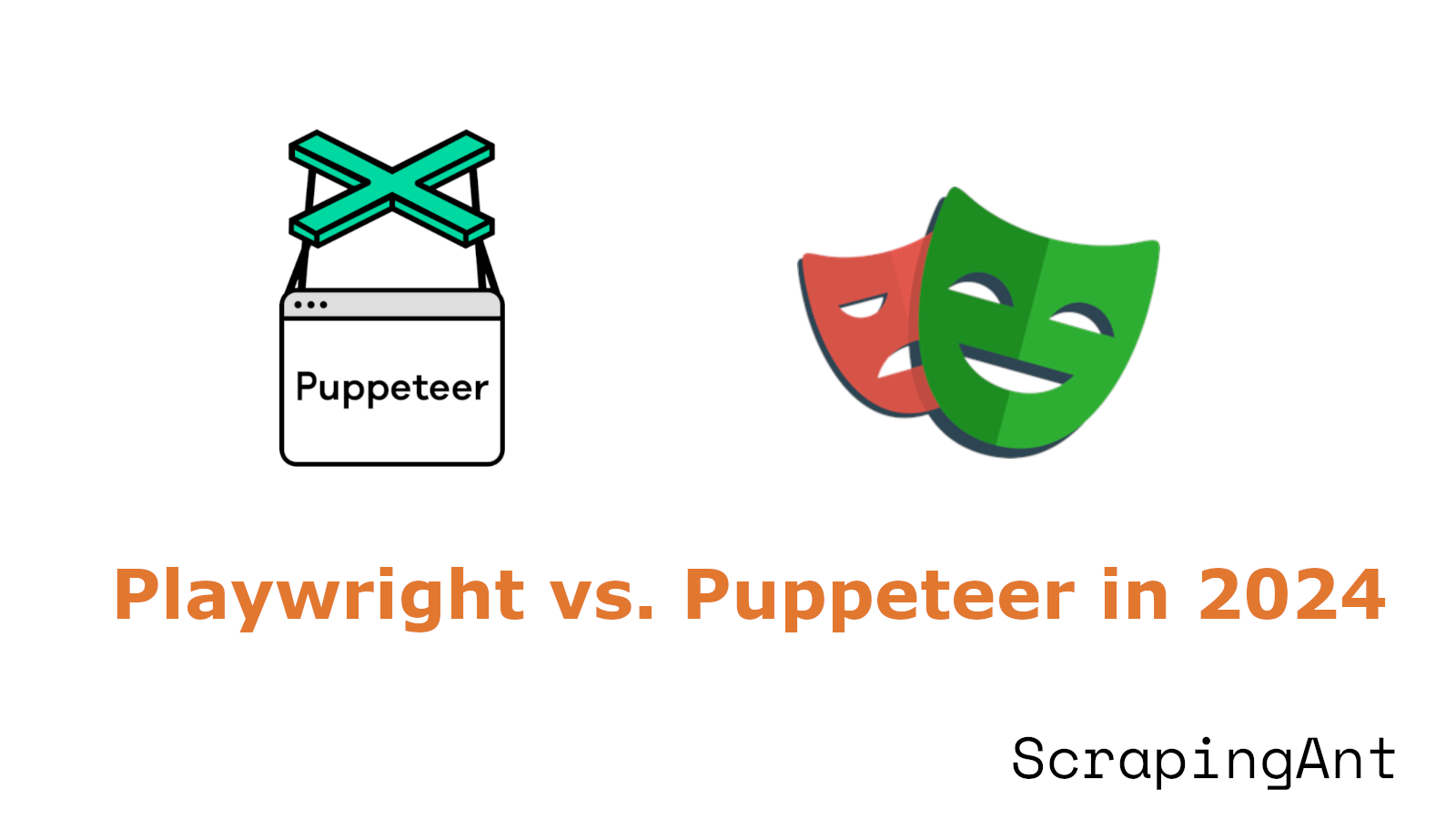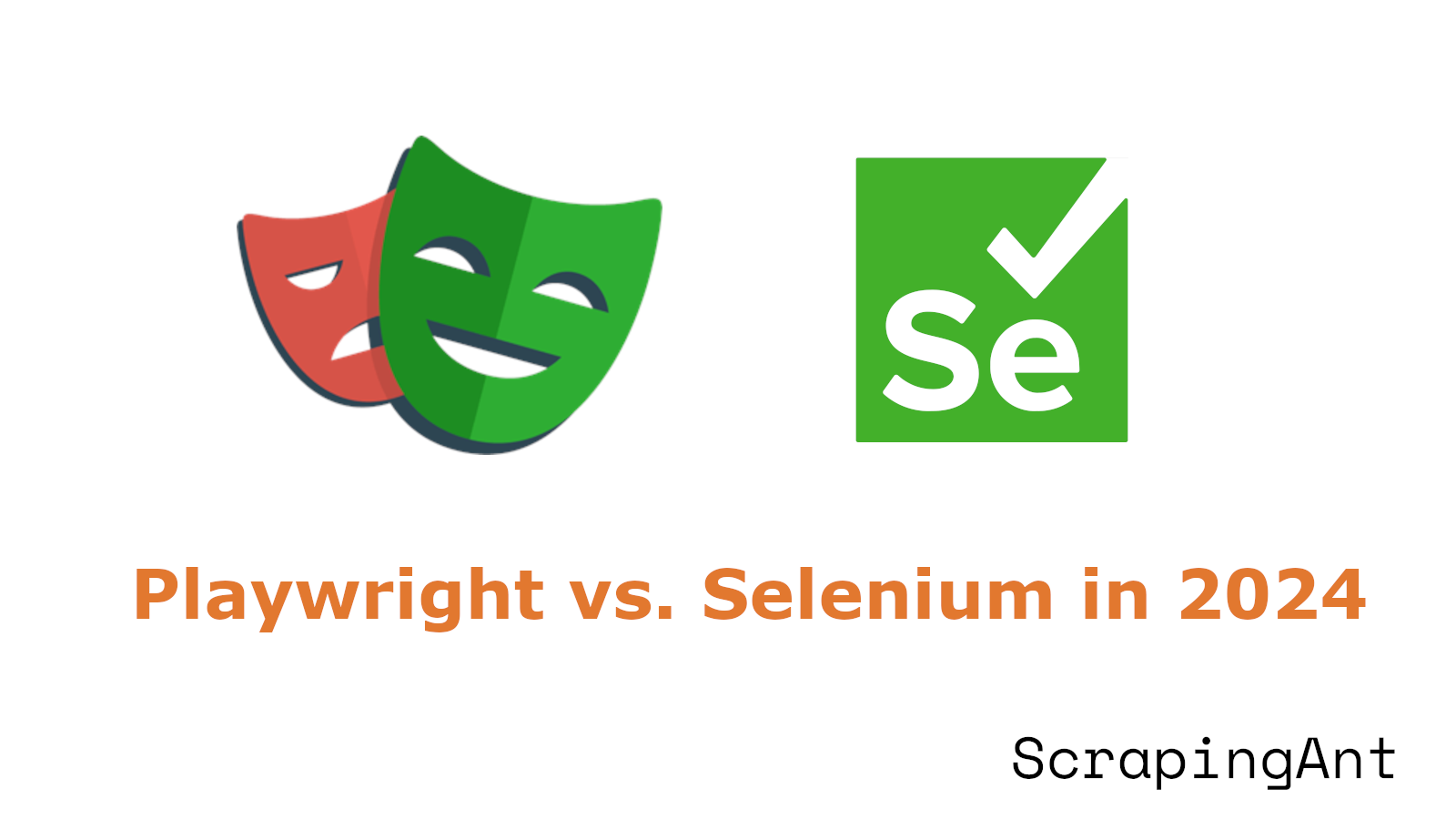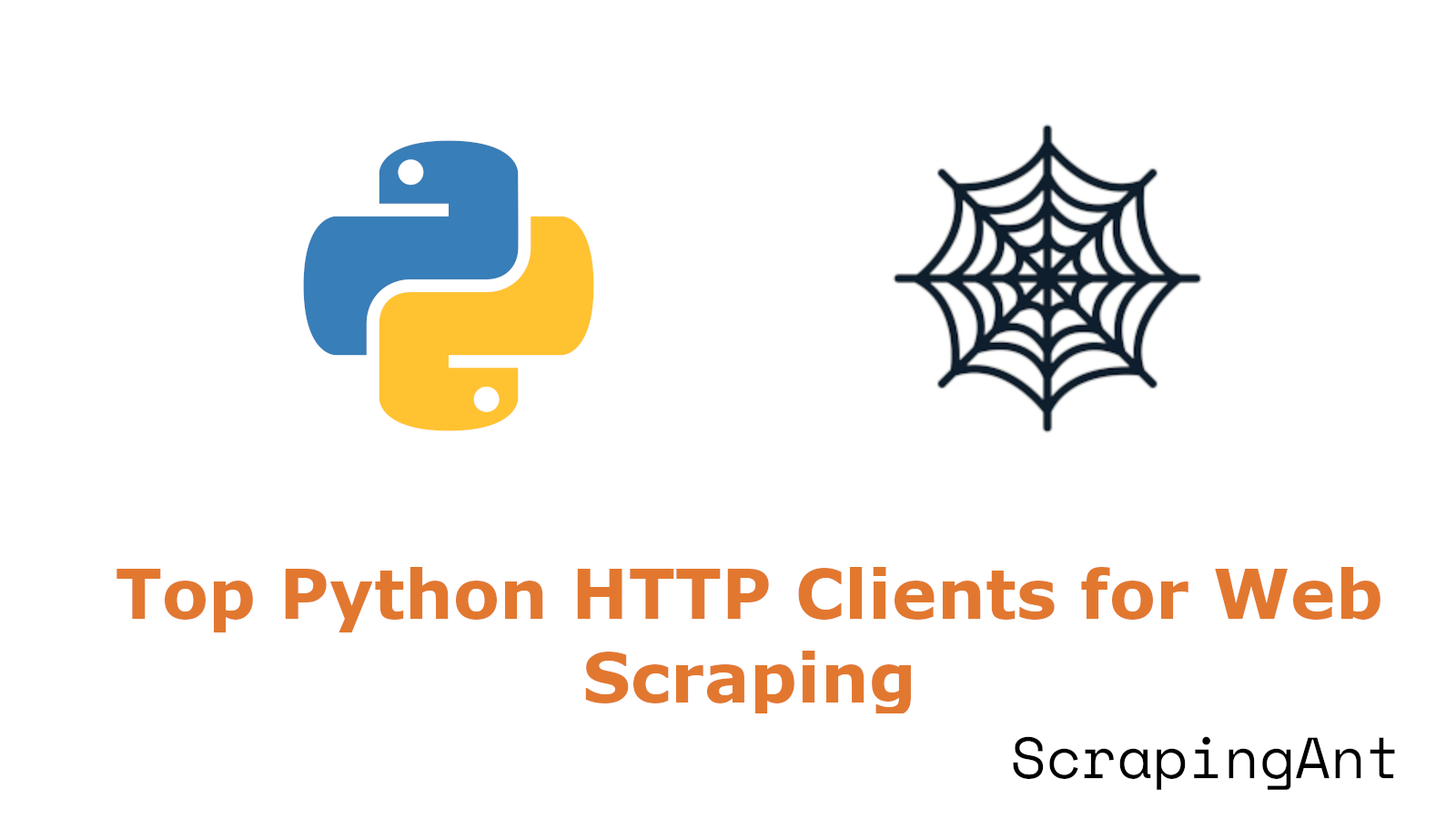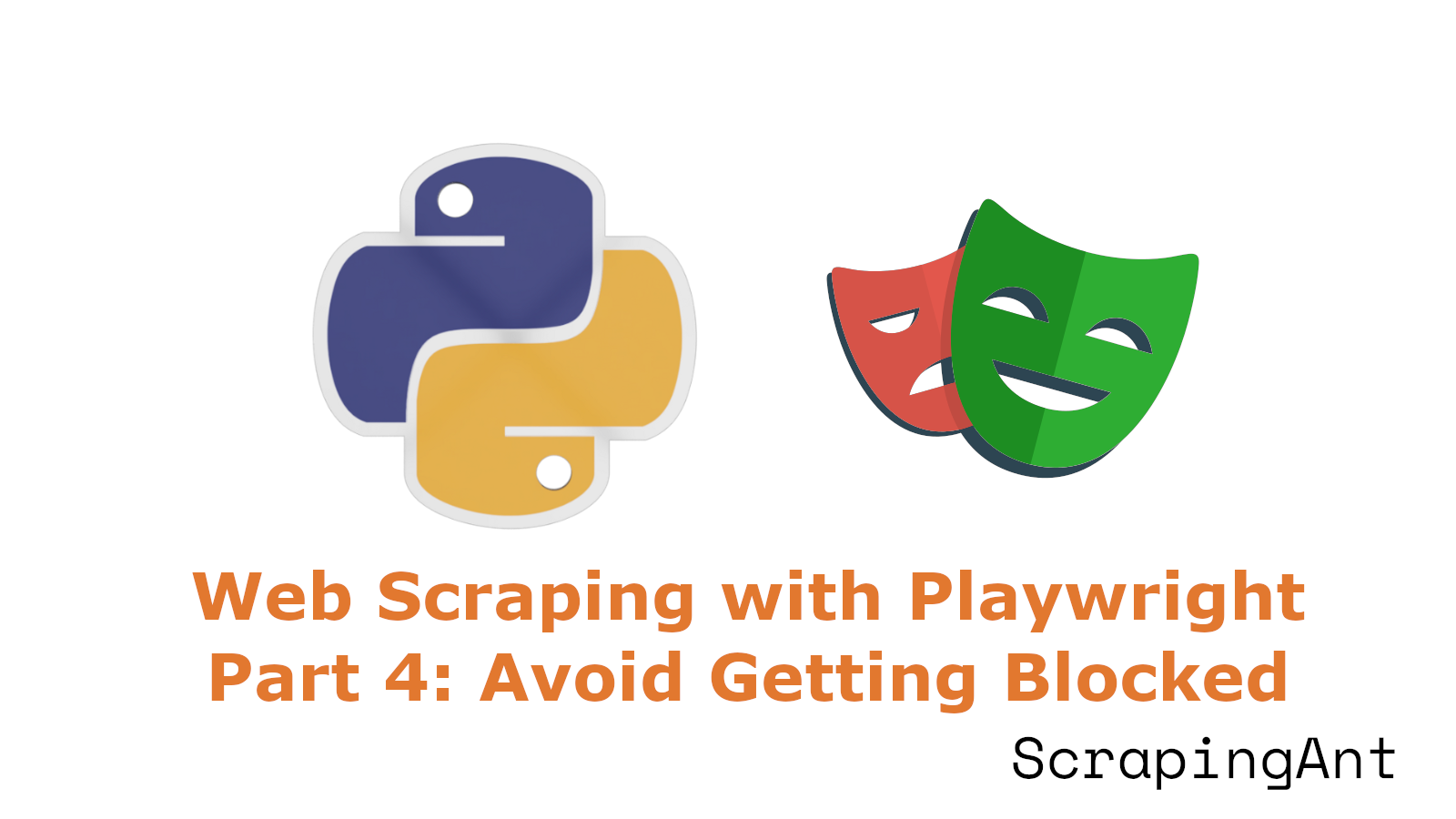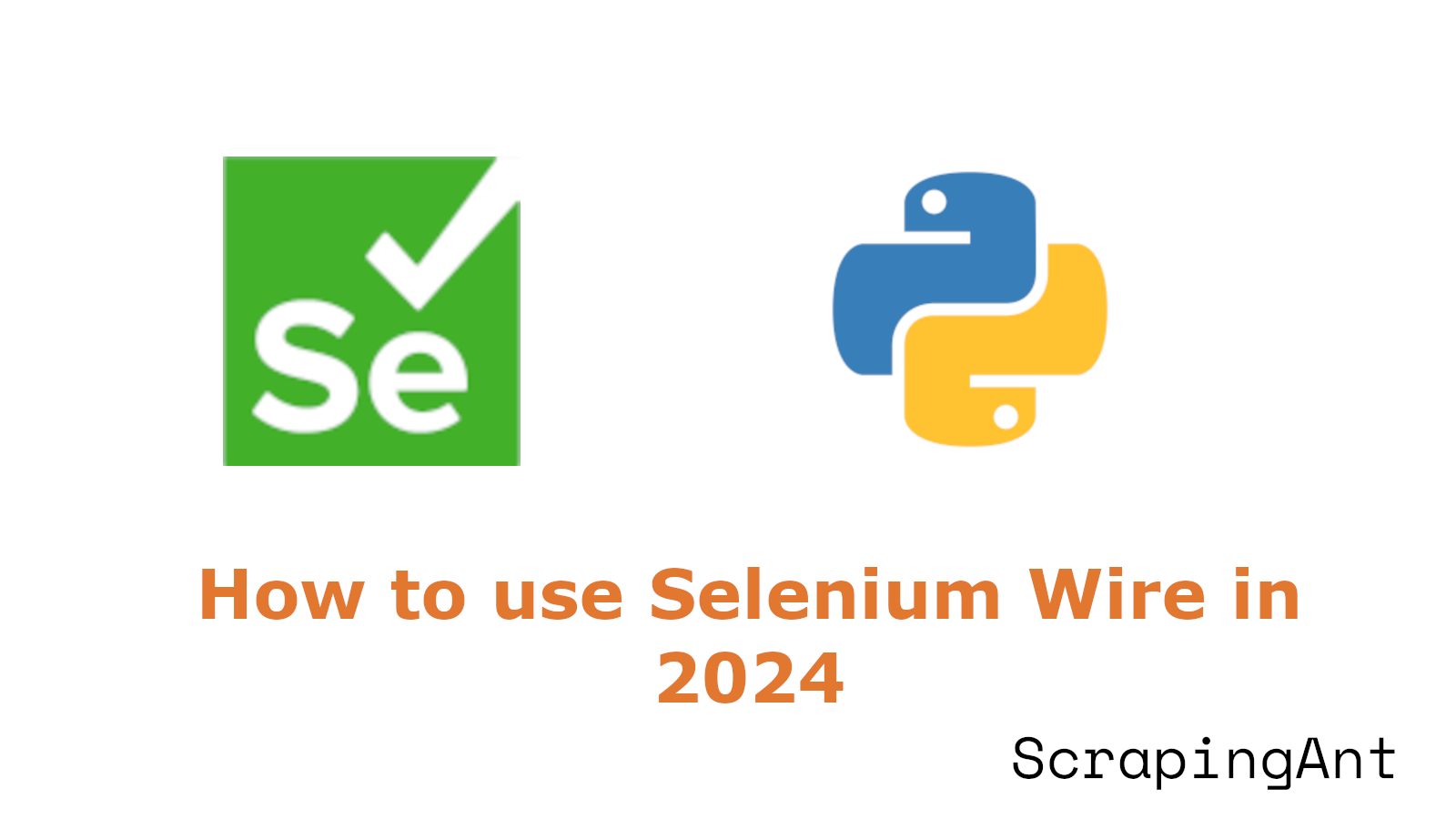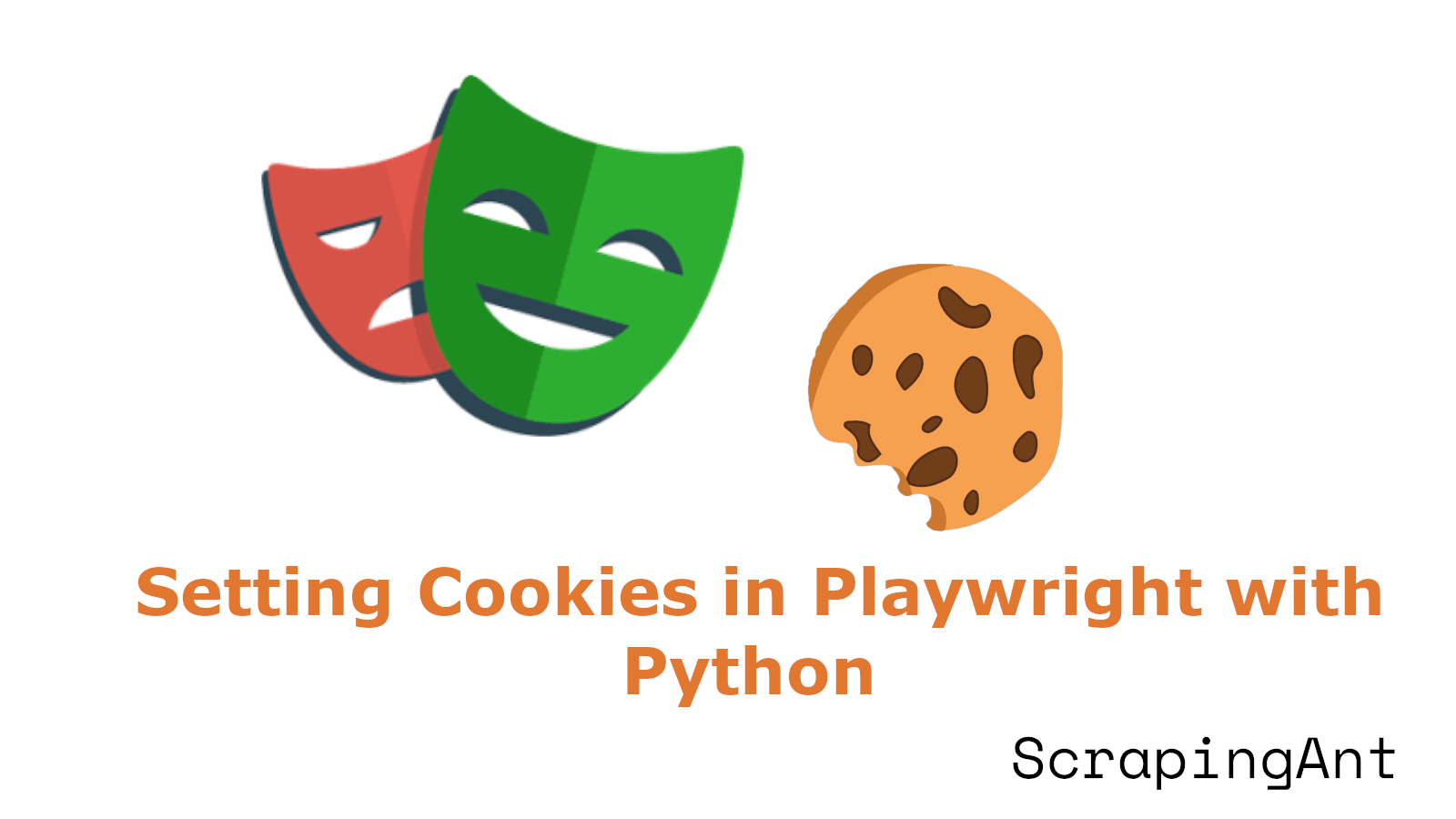
In the realm of web automation and testing, managing cookies effectively is crucial for simulating authentic user interactions and maintaining complex application states. Playwright, a powerful browser automation framework, offers robust capabilities for handling cookies in Python-based scripts. This comprehensive guide delves into the methods and best practices for setting cookies in Playwright with Python, providing developers and QA engineers with the tools to create sophisticated, reliable automation solutions.
Cookies play a vital role in web applications, storing user preferences, session information, and authentication tokens. Properly managing these small pieces of data can significantly enhance the fidelity of automated tests and web scraping operations. Playwright's cookie management features allow for precise control over browser behavior, enabling developers to replicate complex user scenarios and navigate through multi-step processes seamlessly.
This article will explore various methods for setting cookies in Playwright, from basic usage of the add_cookies() method to advanced techniques for handling dynamic responses and managing cookies across multiple domains. We'll also delve into best practices and advanced cookie management strategies, including automated consent handling, leveraging browser contexts for session management, and implementing cross-domain cookie sharing.
By mastering these techniques, developers can create more robust and efficient automation scripts, capable of handling a wide range of web application scenarios. Whether you're building automated test suites, web scrapers, or complex browser-based tools, understanding how to effectively manage cookies in Playwright is essential for achieving reliable and scalable results.
Throughout this guide, we'll provide code samples and detailed explanations, ensuring that readers can easily implement these strategies in their own projects. From basic cookie setting to advanced persistence techniques, this comprehensive overview will equip you with the knowledge needed to harness the full power of Playwright's cookie management capabilities in Python. (Playwright documentation)
Looking for Puppeteer? Check out our guide on How to Set Cookies in Puppeteer.
